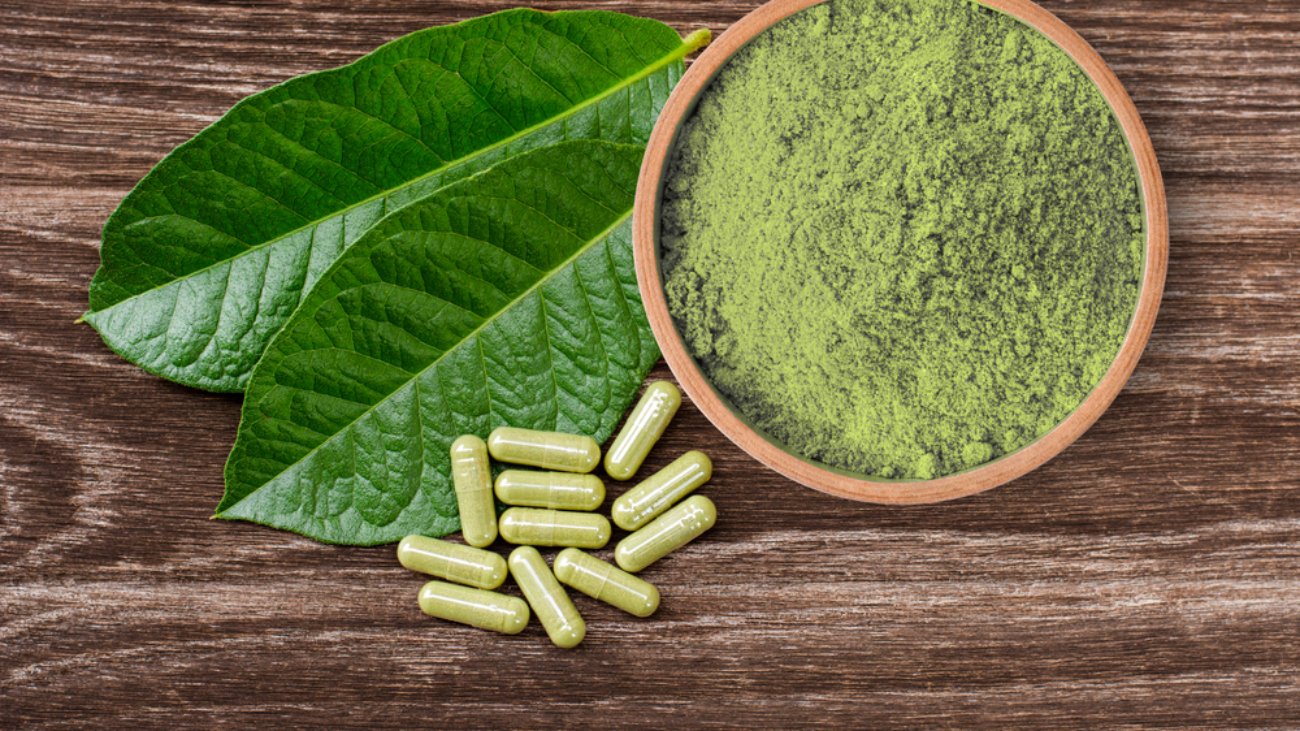Kratom is known for its diverse forms, but two of the most popular choices among users are kratom capsules and kratom powder. Both have their unique advantages, and the decision between them often comes down to personal preferences. In this blog post, we’ll compare kratom capsules and powder, helping you determine which is the right option for your needs.
Kratom Capsules:
- Convenience: Kratom capsules are pre-measured, making dosing convenient and consistent. They’re easy to carry and consume, making them an excellent choice for users on the go.
- Tasteless: If you find the taste of kratom powder unpalatable, capsules are an ideal alternative. They allow you to bypass the strong, earthy flavor associated with the powder.
- Precision: Capsules offer precise dosing, making it easier to control your intake. This can be especially important if you’re looking for a specific effect or dosage.
Kratom Powder:
- Versatility: Kratom powder is highly versatile. You can mix it into beverages, such as tea or smoothies, or create your own blends to suit your taste.
- Cost-Effective: In general, kratom powder is more cost-effective than capsules. You have the freedom to buy in bulk, potentially saving money in the long run.
- Customization: With powder, you can adjust the dosage more easily and experiment with different strains to find the right balance for your needs.
Which Is Right for You?
The choice between kratom capsules and powder largely depends on your personal preferences and lifestyle. Here are a few factors to consider when making your decision:
- Convenience vs. Customization: If you prioritize convenience and precision, capsules may be the better choice. If you prefer more control over your dosage and enjoy the flexibility of different consumption methods, powder may suit you better.
- Taste Preference: If you can’t tolerate the taste of kratom, capsules provide a tasteless option. On the other hand, if you don’t mind the taste or want to mask it with other flavors, powder is more versatile.
- Budget: Consider your budget, as capsules are typically more expensive per gram compared to powder. However, the convenience they offer may justify the cost for some users.

 Cart is empty
Cart is empty 


